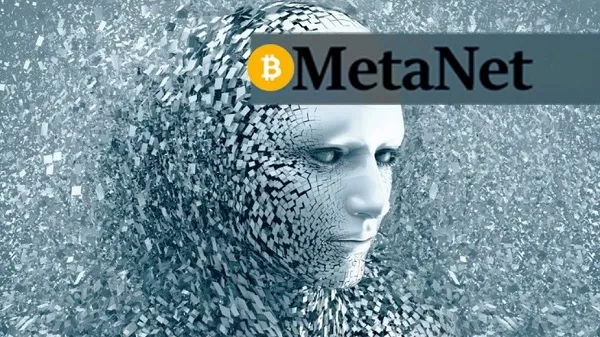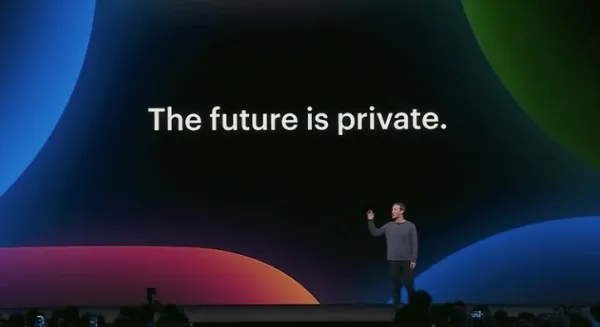
nChain Chief Scientist Dr. Craig S. Wright, the inventor of Bitcoin and the creator of the Metanet. Metanet is a new proposal for altering the internet through the use of blockchain technology, namely the Bitcoin SV (BSV) blockchain. It seeks to remedy the flaws of today's internet by providing a more secure, efficient, and user-centric digital ecosystem. Decentralized data ownership, increased security through cryptography, quicker data transfers, direct monetization for content creators, and the adoption of a common standard for data protocols are all important components of Metanet. Metanet envisions a future in which consumers have more control over their data, improved digital identities, and seamless interoperability among internet services. While it is an ambitious idea, its realization is a continuous process that will necessitate technology breakthroughs and mass adoption.
The Metanet is an innovative protocol for a decentralized peer-to-peer network that employs blockchain technology to organize data into a navigable directed graph. The protocol's goal is to mimic the internet in many ways while also taking advantage of blockchain technology's many benefits. Since it operates on top of the blockchain, no adjustments to the blockchain's protocol or consensus rules are necessary. The Metanet is a layer-2 protocol that allows for the immutable, indexable, and adaptable storage of any data on a blockchain. To this end, all Metanet information is organized according to public key addresses in the form of a directed graph. Metanet is what "powers Bitcoin and lives on Bitcoin." A Bitcoin-based version of the Internet 2.0. The metanet is a data structure protocol that allows the consolidation of information for the purposes of monitoring, monetizing, and owning in a distributed network. Users can keep full control of their on-chain content with the Metanet protocol, which can be implemented with any technology. The blockchain will serve as "the cloud" for metanet applications. Bitcoin's peer-to-peer network is a key characteristic since it facilitates the creation of worldwide identities and the ownership of intellectual property. This makes it simpler to identify and punish wrongdoers, and it makes it extremely difficult, if not impossible, for fraudsters to propagate misinformation by creating several phony accounts. Nothing created on top of Bitcoin is invalidated by Metanet. Instead, it serves as an auxiliary component to preexisting infrastructure.

The Metanet protocol is a data-structuring standard for the network's on-chain internet design. In order to construct on-chain data structures for Metanet applications, the protocol relies on a graph data model. The Metanet protocol is a communication method for a graph database. To generate overlay DAG structures that are intrinsic to the Bitcoin SV ledger, the protocol makes use of the ledger's natural directed acyclic graph (DAG) data model. The protocol's built-in permissions architecture makes it possible for users to save, share, and monetize their data. Bitcoin's data structure is Metanet. An array is a hierarchical structure in which a parent and all of its offspring are listed in reverse chronological order. Each node in a map has its own key, and the nodes in the map are organized into a tree structure. Metanet, which sits above Bitcoin, is the most efficient data structure protocol. Bitcoin is the most efficient data storage protocol.
UTXO (Unspent Transaction Output) is the foundation of Bitcoin. The basic UTXO structure is infinitely scalable and provides for a powerful interplay between on-chain and off-chain processing. Metanet is a four-dimensional computer built on UTXOs. By producing a new key for each new transaction AND using the created key to identify each node in the data structure AND allowing the Metanet tree to be combined with an HD key tree. Dr. Craig S. Wright has been developing the Metanet for the past 20 years, with the backbone of this system built on BitCoin's initial blockchain technology. Despite the fact that it is well-known for its use as a cryptocurrency. One of the Metanet's key goals is to build a decentralized platform for managing digital assets and data. The Metanet intends to eliminate the need for middlemen and centralized authorities, which might be vulnerable to hacking, censorship, and corruption by decentralizing the platform.
Potential Uses of the Metanet:
- Digital Identity Management
- Supply Chain Management
- Intellectual Property Management
- Data Ownership and Control
- Security
- Efficiency
- Monetization
- Interoperability
- Digital Identity
The Metanet is a radical departure from traditional internet design since it aims to establish a value internet where businesses and consumers may communicate directly without the need for middlemen or governing bodies. The goal of the Metanet is to make it possible for people to keep full ownership of the data they provide while simultaneously revolutionizing the data market. Users on the Metanet have full control over their information, including the apps and services that have access to it and the price at which it is sold. In other terms, the Metanet is a protected and monetarily direct substitute for the Internet.







